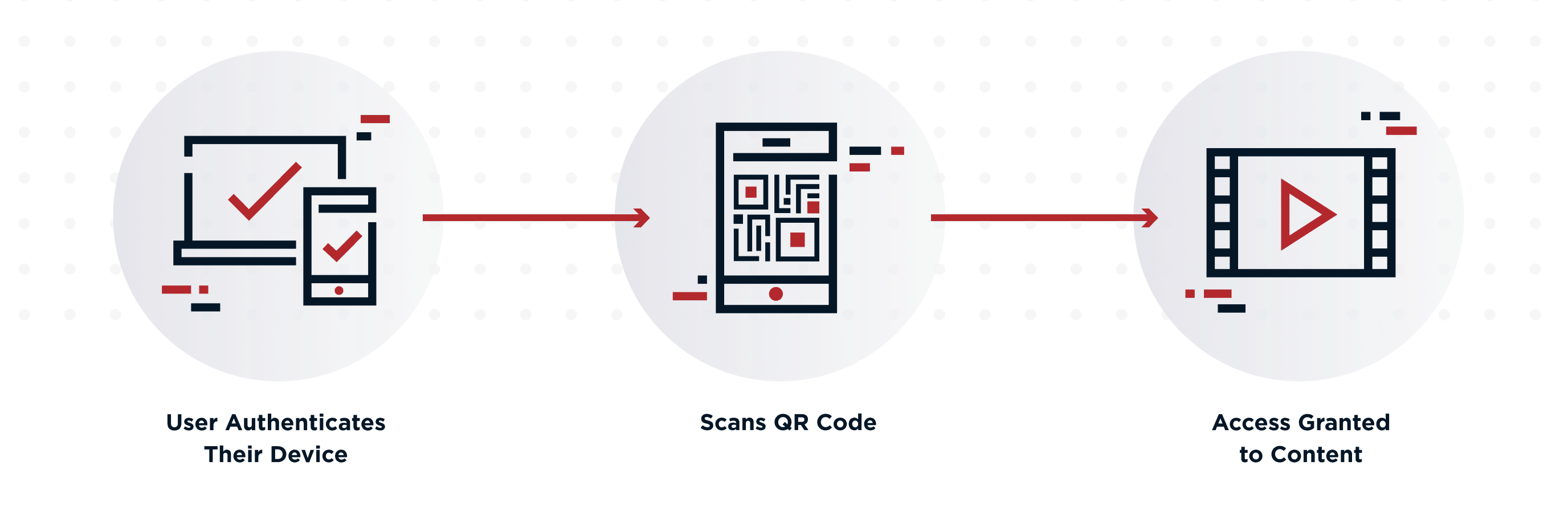Introduction
Lets face it, many users have more than one device and want to be able to access their services from anywhere at any time. According to Statista, the average household in the United States has 7.4 devices that can access streaming media content – and that figure does not include gaming consoles. Users expect to be able to access the services they’re paying for from these devices.
There are edge cases that make device sharing more complex: While users shouldn’t share account credentials with their friends, neighbors, or a kind stranger, we do want them to be able to access content on devices in hotels.
If you are the one providing the service, how can you tell the difference between legitimate sharing situations and nefarious ones? This is a big question, as it can cost companies a lot of money if not addressed.
In a world of account sharing, there is also the notion that someone owns that account; this person is also known as the primary account holder. Let’s use the example of a streaming video service. The primary account holder may be a parent in the house, yet there is another parent and two children, both under 18. The primary account holder sets up profiles for each of the children, and all 7.4 devices within the household are authenticated. Now, a distant cousin comes to town and wants to use the account. The primary account holder gives them the account information, and then the cousin returns home and continues to use it. How can we prevent this type of account sharing from happening? Let’s review two options to solve this:



